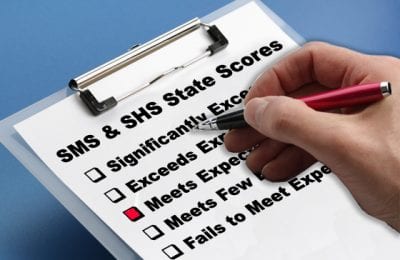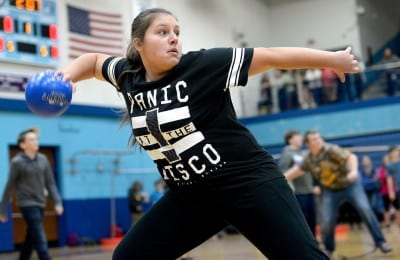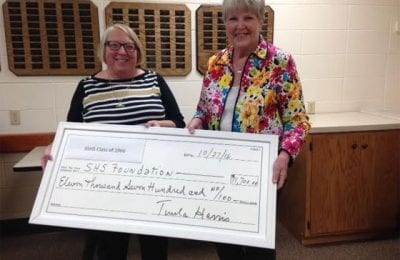Program Utilizes Student Peers to Assist
By Mary Balcer
Since the start of the 2014 school year, Superior High School (SHS) has been working with the Center on Secondary Education for Students with Autism (CSESA), a research and development project funded by the Department of Education. CSESA focuses on developing, adapting, and studying a comprehensive school-and-community based education program for high school students on the autism spectrum.
The project has 5 components implemented across two years. One of those areas is social competence. Students with Autism (ASD) have considerable difficulty navigating the social world. Having ASD means that you have a social interaction deficit.
The team at SHS decided that focusing on social competence would be a great starting point for both staff and students. The question was how can they can effectively, and successfully, expand student use of social interaction skills acquired in smaller group settings, into practice in “real-time” in the high school environment?
In my role as District Autism Intervention Coach, I have found this program invaluable. Training provided by CSESA using evidence-based interventions for students on the autism spectrum, have helped me, James Starzynski and Daniel Schulz (SHS Autism Program Teachers,) to begin implementation of the evidence-based practice of Peer Mediated Instruction and Intervention (PMII.)
This practice has proven to increase the social interactions, friendships, social skills, support needs and school participation of students with ASD. Peer supports and peer networks are peer support arrangements where one or more peers without disabilities provide ongoing social and academic support to their classmates with ASD while receiving guidance and support form paraprofessionals, special educators, and classroom teachers.
Student peers are trained by staff at the start of the semester and come together monthly with staff for guidance and support related to the plans in place for their partner with ASD. This can be accomplished by working together to support their partners in class participation, working on assignments, sharing materials, taking notes, interacting socially, extending and supporting conversation, introducing the student with ASD to other high school peers and participating in groups focused on shared interests.
Using PMII practices, students with ASD receive support beyond the classroom and across all school environments such as clubs, between classes, before and after school, at lunch or in elective classes.
As the peer supports and peer networks at SHS continue todevelop, we are seeing how these practices benefit both sets of students. Peers that may have had issues with attendance or focusing in classes are showing more motivation and engagement around school. They want to be there to support the student with ASD.
The greatest impact is that the peers get to know the students with ASD and how friendly, interesting and wonderful they are. Peers help students with ASD to feel welcomed and supported as they learn the rules of the social roles in high school.
Written by Mary Balcer, Autism and Behavioral Instructional Coach




